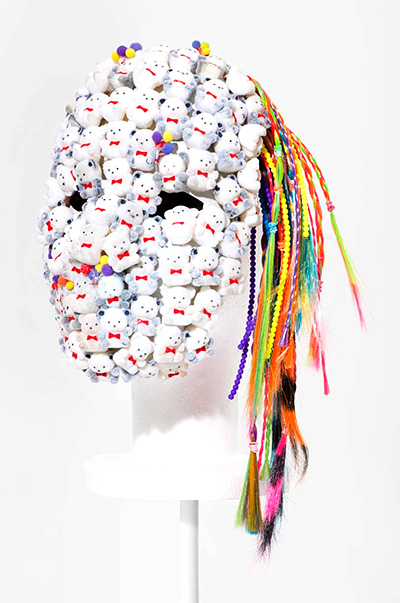‘love these endocrine supplements i got at the natural foods store. they give you extra endocrine’ –@Mobute

In response to a threat, the brain triggers the release of epinephrine and cortisol from your adrenal glands into the blood. As a result, your heart beats faster and stronger, your blood vessels dilate to move more blood, and your lung vessels dilate to exchange more oxygen for carbon dioxide. Equally as important, your liver breaks down glycogen (a sugar storage molecule) to glucose and dumps it into your bloodstream.
All these processes work together to increase your alertness and increase the power of your muscles for a short time — like when mothers who lift cars off their small children. You are now ready to respond to the threat; however, there is an exception — you may do nothing at all.
One of the major control mechanisms of the fight or flight response is the autonomic nervous system. This is part of the peripheral nervous system (PNS, outside the brain and spinal cord) and transmits information from the central nervous system to the rest of the body. The autonomic system controls involuntary movements and some of the functions of organs and organ systems.
Parts of the autonomic system acts like a teeter-totter, it’s their relative balance that controls the outcomes. In the fight or flight response, the sympathetic system predominates and your heart rate increases and your blood vessels dilate.
But what if the parasympathetic system gained an upper hand for a short time? […] The heart slows, the blood vessels constrict in the muscles, blood moves from muscles to the gut, and glycogen is produced from glucose. […] Many people have had the experience of parasympathetic domination coincident to a threat, for some folks it proceeds long enough to have an observable result – they faint. […] when your brain is starved of oxygen and glucose, you pass out. […]
Lower animals will faint as well, but they have additional defenses along these lines. Mammals, amphibians, insects and even fish can be scared enough to fake death. […] There are overlapping mechanisms for feigned death, from tonic immobility (not moving) to thanatosis (thanat = death, and osis = condition of, playing dead). […] One study in crickets showed that those who feigned death the longest were more likely to avoid being attacked, so this is definitely a survival adaptation.
photo { Steven Brahms }





















